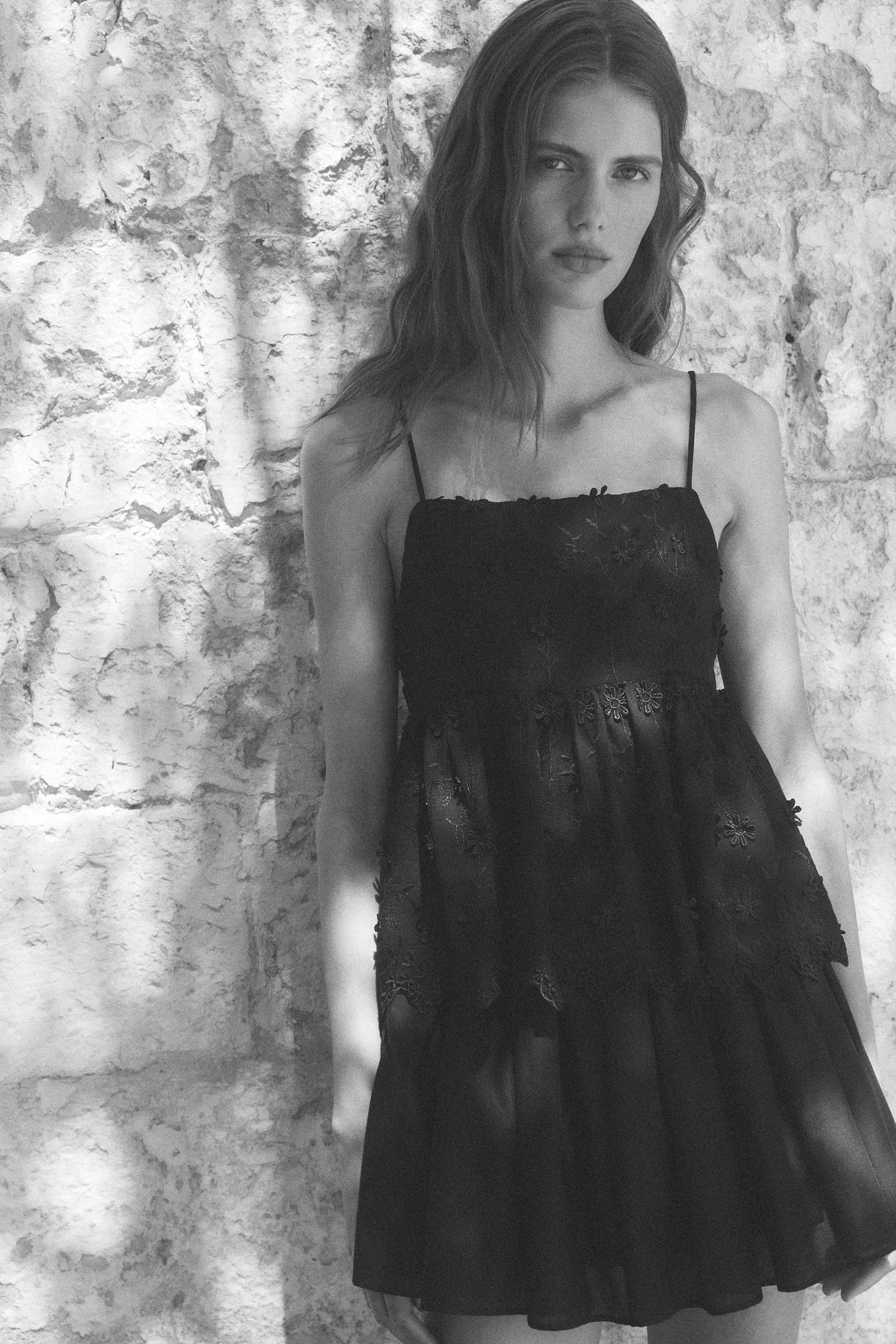Collarbones model's own
"is it a look, or is she just skinny?"
I was scrolling through Substack one morning this week (as part of my continuous quest to spend less time on short-form social media, I have Instagram and Discord blocked by Opal most of the time but leave the Substack app accessible) and came across a post titled “The Only 7 Pieces of Clothing You Need To Take On Holiday” (name tweaked because I don’t want this to be about that post specifically, or that writer, as much as what it made me think about) - and as a sucker for content about packing light and building a capsule wardrobe, of course I clicked through.
The first thing I noticed was that, with the exception of one swimsuit, it was all extremely beige and neutral, which while it certainly mixes-and-matches, isn’t the joyful vibe I’d personally want on my summer holiday (I mean, I made room for these loud shorts in my duffel for this summer’s European adventure). But that’s not the problem I had with the post. Every single styling photo in the montages throughout the post featured only incredibly slim (in some cases, to the point of looking fragile), white women.
I’d read another piece recently, by Ali Moore at ‘A Little Bit Better’:
She makes the case that the trend this year for basic, mostly white, tank tops and camisoles, is actually “about the body that is wearing it. A stripped back tank top has very little to offer itself. To me, it seems the trend is actually the collarbones, the stick thin arms, the flat stomach.” 🔥🔥🔥
Ali links that to the Ozempic phenomenon and the resurgence of “thin is in” - which reminded me of a point Danielle Friedman made, I think on Oonagh Duncan’s podcast: until the middle of the 20th Century it was totally expected to wear girdles, corsets, and structured foundation garments to give the ‘right’ shape and base for your clothes to sit on. That’s why they’re called foundation garments, you know? My mum even remembers her grandma expecting her to wear something called a “liberty bodice” in the late 60s/ early 70s.

But now, Danielle points out, we’re expected to maintain the same firm and trim base for our clothes to sit on, without the help of any external structuring - the corset is supposed to be internal, effectively. This is especially apparent in summer, when we see little tops and dresses that seem designed either to showcase wispy delicate undergarments, or to make it near-impossible to wear them in the first place.
wrote an excellent piece asking this same question a few years ago:The piece highlighted this tweet from
, which I think about constantly.As Rosemary says, even as someone who knows about all of this, who’s working to dismantle my own internalised fatphobia, I still fall foul of it, scrolling past clothes modelled by average sized women and then lingering on the same clothes when shown on smaller bodies.
There’s no easy answer to this - I don’t even have anything particularly original to say - but I’m thinking about it a lot. I want to show off my powerful running legs, even though they’re not the size the fashion industry says they should be (or even the size I might like them to be, though that’s another kettle of fish). I want to laugh at the fact that the tan line from my running shorts looks a bit funny when I wear shorter denim shorts, knowing that that’s a hard-earned tan, proof that I’ve been outside lots, moving my body for enjoyment and for my mental and physical health.
Frankly, it’s been too warm lately to wear much other than baggy tees, little shorts, and floaty dresses - thank goodness I don’t work in an office at the moment! - and while I might not look like a fashion plate, at least it’s comfortable.





As someone who was a 20 something in the 1990s the return to super skinny fashion feels so very depressing. I'd hoped we had moved on but it seems that women's bodies are destined to be picked apart and held up to unattainable standards for ever 🙈